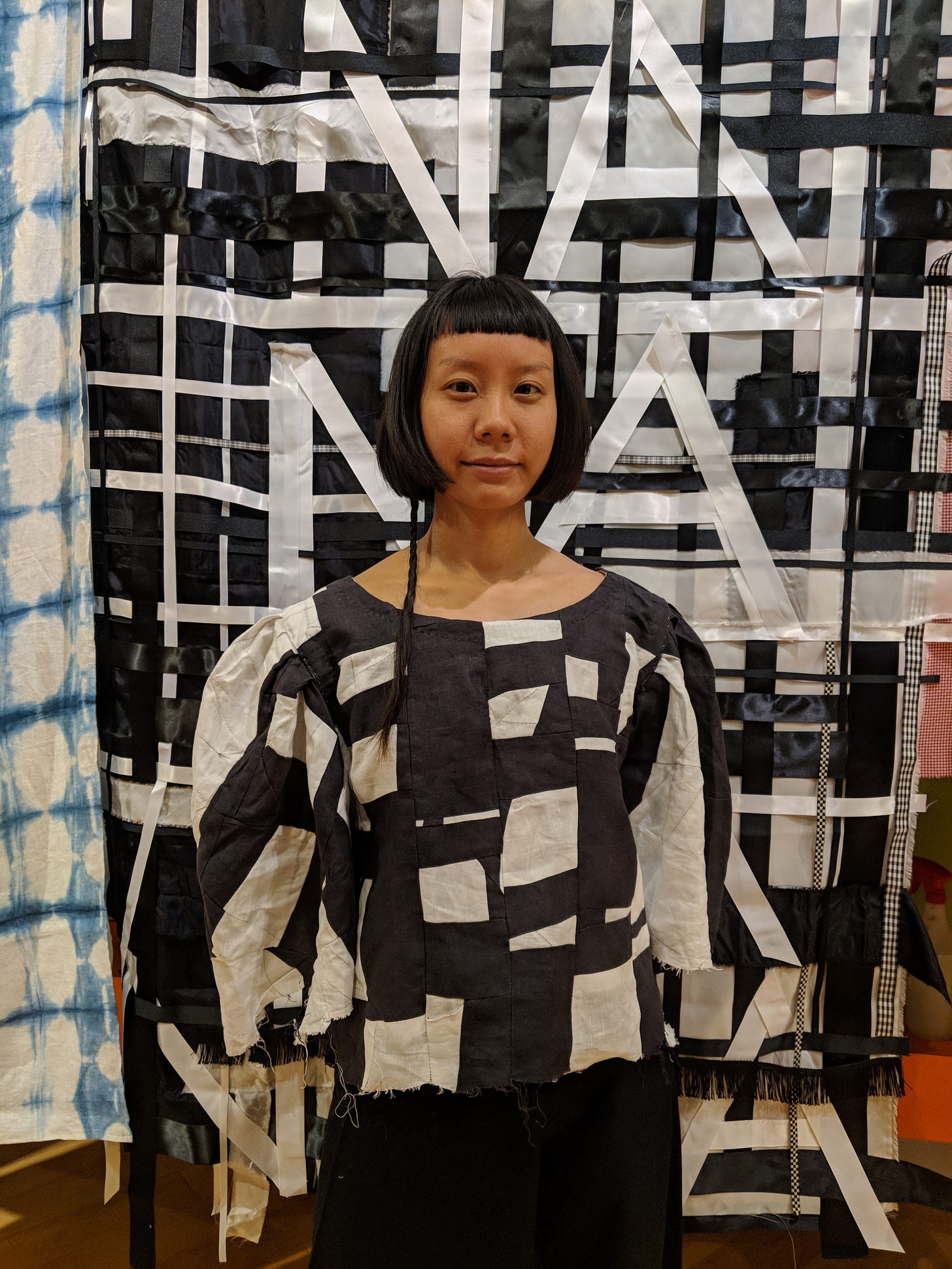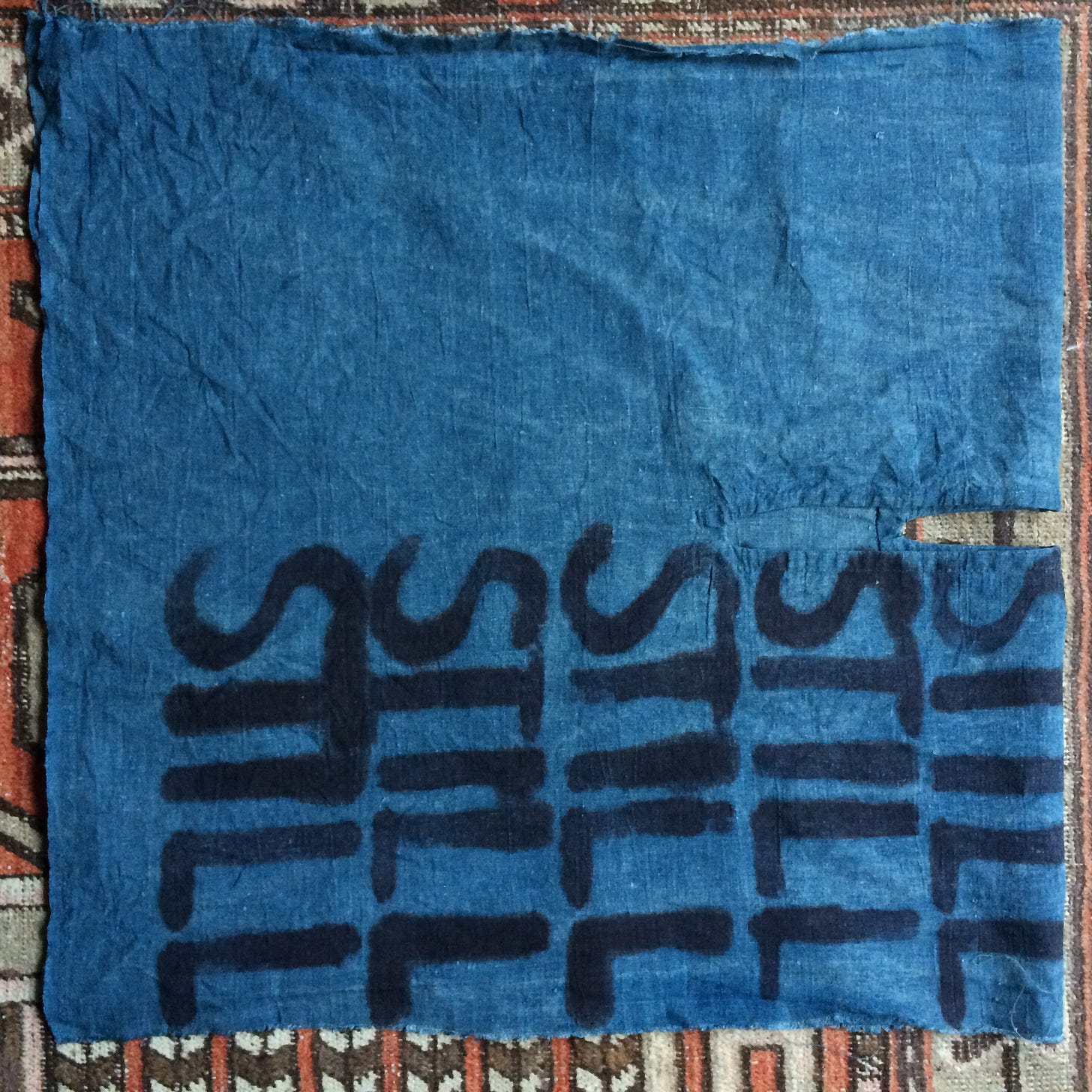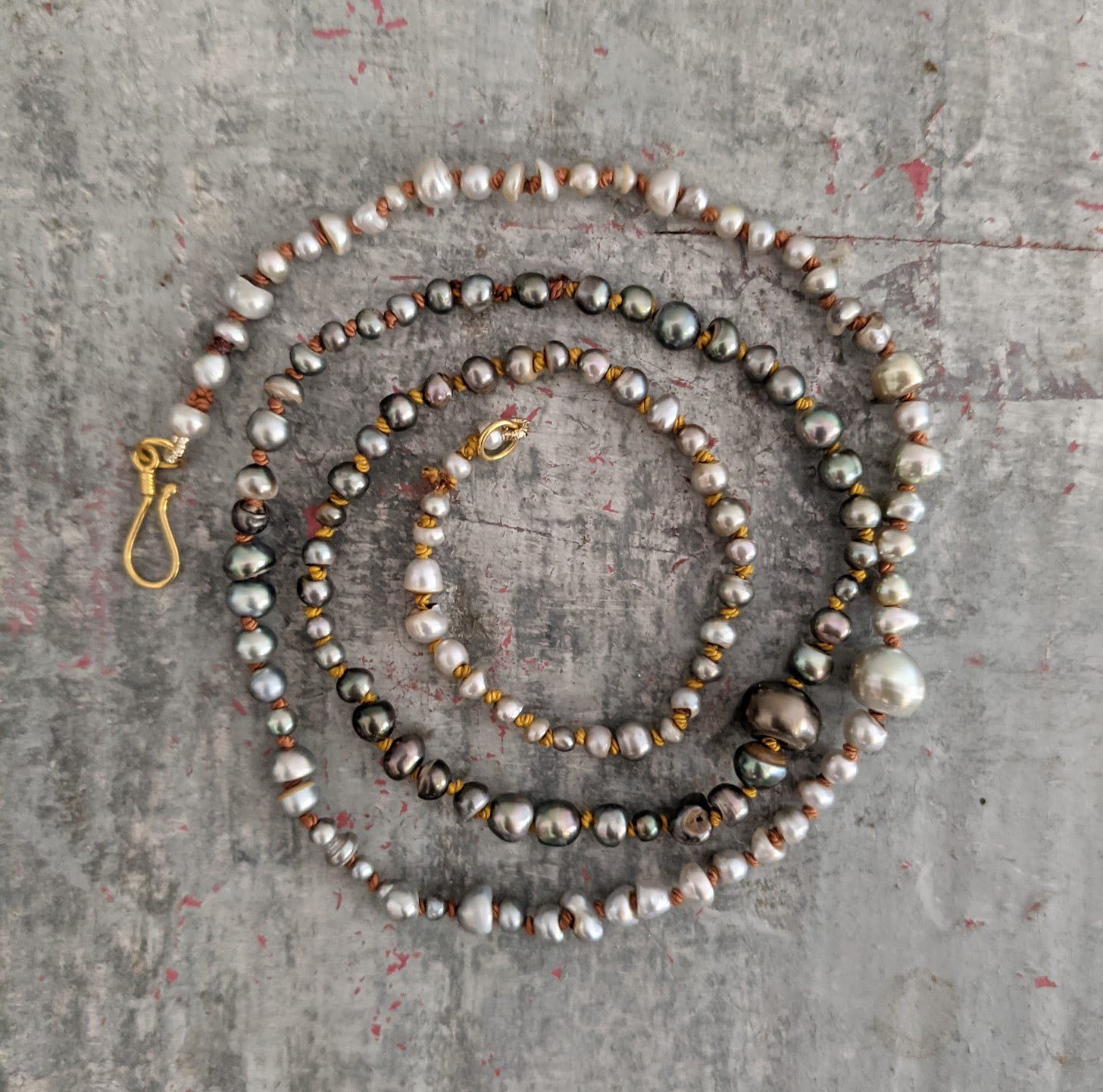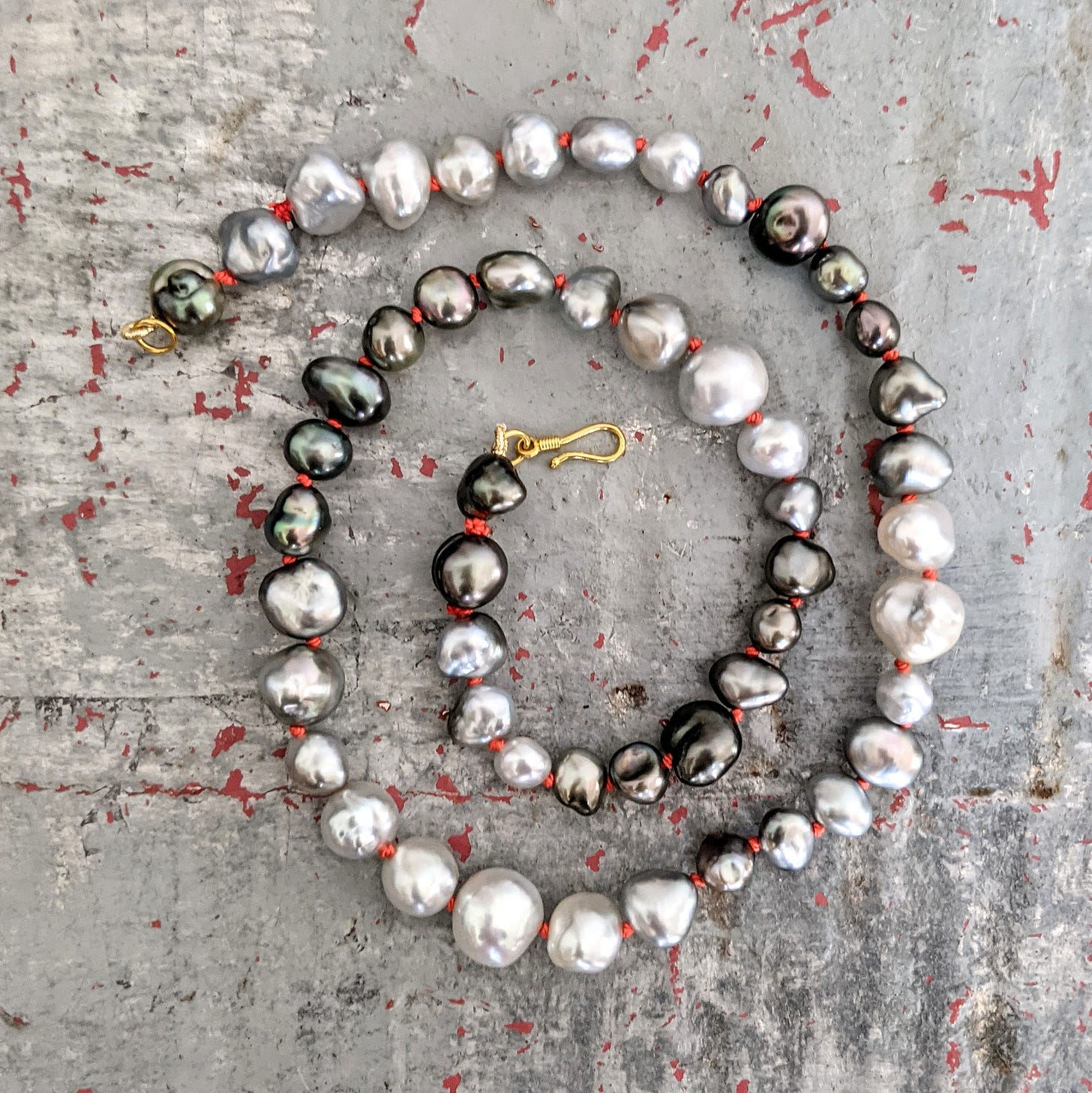
Leonardo Bravo:
Hello. I'm doing an interview with Cirilo Domine calling from Berlin and talking to Cirilo in Los Angeles, California. Cirilo, it's wonderful to be able to chat with you as we have known each other or have been in similar circles in LA for many, many years, and have come in and out of contact. A few years ago you were part of a project with Renee Petropoulos at the Palm Springs Art Museum that I helped curate and organize. That's when I saw you again after a very long time. Since then, I've been very interested in your practice as I really appreciate this sort of holistic sense that I get in how you approach things, the different elements, the different kind of touch points that you bring to it. So, maybe we can start a little bit about how you frame or define your practice.
Cirilo Domine:
Oh, okay. Well first of all, thank you for inviting and yeah, it's like, we've known each other for a long time, since the eighties. I think.
Leonardo Bravo:
We're definitely "veteranos" in a sense!
Cirilo Domine:
The MOCA Bookstore, I think that's where we first met.
Leonardo Bravo:
Yeah. You were seven and I was twelve. Right? (laughs..)
Cirilo Domine:
Uh, yeah! But it was through those parties at Otis also when you were at Otis.
Cirilo Domine:
Yep. And when there was this intermingling of fashion and art.
Leonardo Bravo:
Of which I loved! That was the eighties to me, that blurring of approaches and disciplines. It was so amazing and exciting!
Cirilo Domine:
And now it's completely segregated, but there was at that point this intermingling of people around us that where there was no segregation in terms of practices. So that was like a big influence that you could take from here and there and, combine various elements. But for me growing up here in Los Angeles, I was in the shadow of Hollywood and filmmaking, but at the same time I felt like there's this fortress around the industry represented by Paramount Studios that was two blocks away from where I grew up. But at the same time, there's this divide of the outer world and the media world that's projected into the world, like coming from Los Angeles as a culture capital. And so it was even at an early age, I thought about why is there such a difference between what we see and what we actually experience living here in Los Angeles.
Cirilo Domine:
And so over time I started digging into my history and going into college, you know, history is given to you from the teachers or through personal research and self-education. However there were some key texts that I held close to my heart for example, there was this essay by Luis Francia published in the Village Voice. It’s called ‘Memories of Overdevelopment’, and it talked about the history of the Philippines, the colonial times until like American occupation. And people said that it was like 500 years of being in the convent, and then 50 years of being in Hollywood, which is the 50 years of American colonization. Right. And then, other books, like In Praise of Shadows, it's a small volume by Junichiro Tanizaki. And it talks about life in pre-electricity in Japan.
Cirilo Domine:
How people lived in darkness and managed their whole culture by candlelight, and that affects how color is viewed. I could totally relate to that because, I didn't grow up in Manila but I grew up in the countryside where we didn't have electricity until I was like maybe eight or nine years old. That's fascinating. And I grew up in this old house, this really old house that I think was haunted. Multiple generations lived there and the ceiling was completely black from the soot and everything. The floorboards were completely hand planed. Everything was handmade and the whole structure was rickety and unstable. You might think it's about to fall, but it was pretty sturdy and the wood was just shiny and dark. And my friends were so scared to go in the house because it was kind of creepy, but it was like also enthralling... I was so enveloped in that sort of darkness.
Leonardo Bravo:
That's fascinating to hear. I also grew up in a very distant place in the south of Chile where as you get further south and it's very rural, you get so highly aware of the landscape, the power of the landscape, but also this kind of animism about nature and its mythical power. I also think about my childhood and that it felt almost like growing up in the 1940's in relationship to how I would've grown up in America? Yeah. And this kind of development where things were slower, everything required more effort, but also in connection a deeper relationship to place, you know, it's a whole different approach to life.
Cirilo Domine:
Yeah. It's also details like our clothing was completely tailor made. I went to the tailor to get my pants or shirts, or I got my annual pair of pants from my godmother I was like a time warp.
Cirilo Domine:
Living pretty much like in another century. So every time I went to Manila, I always hated it because of the pollution and the general messiness, like, you know, you would come home and your face is black if you wipe it from the sooty air, and it was the smell, it was like, oh my God, I'd rather go back to the countryside where I didn't have to deal with attitude or class issues which is really heavily embedded in the culture of Manila.
Leonardo Bravo:
It's the same in Latin America and South America, class divisions are always incredibly present and informing your place in that society.
Cirilo Domine:
It's a very small world.
Leonardo Bravo:
So how did those experiences, which feel so tangible, influence you later on as you kind of developed and went to study contemporary art and looking at the world through an artistic practice?
Cirilo Domine:
Well, yeah, so I think memories are a form of resistance.
Cirilo Domine:
And also digging into my memory, I’m creating new subjectivity by looking into my memory and pretty much like turning my back away from what's around aroound me. I look back at other examples of people looking into history and I feel like I could do that. There's one earth shattering book called America is in the Heart, which is an autobiography of a Filipino blue collar worker. His name was Carlos Bulosan from the 1930s. He was part of the early wave of Filipinos that lived here. And he documented early Los Angeles history.
Cirilo Domine:
It was so vivid the way he described life from an immigrant's perspective, recalling a neighborhood of Los Angeles around Temple and Rampart, or the anti-miscegenation laws that prevented Filipino men from intermarrying white women, or just the architecture of Los Angeles, like the hospitals where he was admitted or areas around Chinatown. But then he also talked about the town he grew up in the Philippines, which is the same region I came from. So there was this deep connection with this work, and I was like, if he could do it, then I could also project my own set of memories or even my set of recollections as a form of a tool and weapon to give you either strength or fortitude to make work.
Leonardo Bravo:
That's just really powerful, and I love this statement about memories as a form of resistance because especially when we got on the Zoom, we started talking about LA having this kind of impermanence, this constant erasure of history, which I think creates on the one hand this sense of excitement, this sense of possibility. You're always reaching towards the glamor, the illusion of what a life can be made in LA in relationship to the entertainment industry. But the reality is that this city, very much like the rest of America, was built on immigrant labor and those histories that have always been erased or covered up of the people who have been at the margins carrying these dreams. Basically building the dreams for the people that can attain them or access them.
Cirilo Domine:
Yeah. It's also another aspect of my practice. I don't know if I've shared, but I've been practicing tea for over 14 years now. And it's kind of a monolithic set of knowledge that is passed on from teacher to student. There's no textbook. Everything is verbally learned. I go into a tea lesson, and it's through that verbal transmission that you explore and deepen your approach. It's a different way of learning. It's not like art school learning. It takes decades.
Cirilo Domine:
So with this practice it gave me also the strength to to sustain whatever I'm working on. So I might be doing this tea thing but it also informs the work and how I view things in the long run. Tea people are encouraged to specialize in whatever we love. So in tea, one could focus on food, ceramics, calligraphy, architecture, garden design and so on. And then I just happened to focus on pottery, and that's how that world and that practice started for me as well.
Leonardo Bravo:
Everything you're sharing points to an attention to care, an attention to the thoughtfulness of how things are made, an attention how manifest our memories. So I wanted to touch on that project at the Palm Springs Art Museum as part of Renee Petroupoulos artist’s residency while I was there and the performance fashion show that you organized.
Cirilo Domine:
So the show that Renee invited me to participate was part of a meditative exercise. A writing exercise like a daily practice of drawing a circle. No beginning, no end. Formlessness. I thought about, how I could I apply this to my own meditative practice? And I thought about the words "still here”.
Cirilo Domine:
I thought about queers in the Philippines take the English language and manipulate it to create their own patois. And they stretch the phonetics, they make words malleable with new sounds, new meanings. So it creates a coded language that's understood initially just by the queer community. And then, they have to reinvent new permutations an it goes on forever. “still” “here” becomes :
STILL HEAR
STEEL HERE
STYLE HEIR
STILL STEEL
HEAR HERE
Cirilo Domine:
These words were then written on garments dyed with indigo and could be worn multiple ways. The second part was a tribute to historical garments I have collected in the Philippines. One garment is called a camisa, a woman's top from the 1910s that I took apart, made a pattern out of, and then pieced it together with this fragmented set of fabrics that were colliding. And I thought about my own existence as, you know, being part of another culture and feeling fragmented, but intact at the same time.
Leonardo Bravo:
You're sort of wrapping this together, because again this notion of what are the forms of resistance that can be linguistic, that can be expressive, that can be about style. But also thinking about textiles, because I saw the way you worked with your models and the people that were wearing the garments. And again, that care and attention to detail, to expression, to how things were fitted, to gestures -- you know, it really had a kind of completeness to it.
Cirilo Domine:
Sometimes I was looking at historical garments and they have their own architecture and history, like the garment I took apart. I don't think it had a pattern. It was made by hand and there's a kind of wonkiness to it. It’s built like a hut. And it comes perfectly together. It's like early ponchos and things that you basically slip over.
Cirilo Domine:
But it's also in the small details of how you hem them at the end or how the neckline gives it a special feeling. So it's not a rip and sew. It you look underneath the garment, you can see these very intricate details and intention.
Leonardo Bravo:
Let's talk a little bit about that and how that translates to the pearl necklaces, the work that you've been showing and posting, which I find so amazing.
Cirilo Domine:
Uh, yeah. The pearls also came about from dormant, geek information. In junior high, I had this incredible science teacher, Mr. Lavine, who I think was queer, because the way he dressed - he wore lame’ ties and polo shirts that were really tight (laughs!). From the eighties, you know.
Leonardo Bravo:
All the coded signals and traces were there.
Cirilo Domine:
And was 12 or 13. And I think of him because he used to take us to these gem and mineral shows in Santa Monica. My parents would give me a budget of 60 bucks we just roamed around.
Cirilo Domine:
So I would come back and do a show and tell. I just get trapped once I am obsessed by a particular material, I will just go deeper and deeper into it. So that's how I found out more about the different types of materials, with pearls specially, because it has this incredible pedigree, in culture, art and history - from naturally occuring pearls to cultured pearls. I also thought about queer culture and how if you wore pearls, it meant that you were gay, or that there's something gay about you -- so it's reclaiming that.
Cirilo Domine:
It’s reclaiming decoration or ornament for the body. But also I like all the tawdry associations. Like, you know, the pearl necklace!
Leonardo Bravo:
That's funny!
Cirilo Domine:
On your neck. Yeah.
Leonardo Bravo:
Also the bulkiness, because I see some of the pearls that you work with, some are really chunky ones -- some chunky pearl necklaces!
Cirilo Domine:
It's also a tribute to my grandmother who loved her pearls.
Leonardo Bravo:
What was her name?
Cirilo Domine:
Simeona.
Cirilo Domine:
I named the pearl designs after her because she loved pearls. I remember, in high school, giving her a set of dyed, freshwater pearls one Christmas. She passed away three years ago. And I found out that she kept those pearls. I was really surprised that she had it. But also, working with this material is really incredible because it defies color theory, you know, because the luster, there are overtones and undertones, and so when I put them together they pulse with life
Cirilo Domine:
When I acquire a strand of pearls it is still dead. I rearrange the stones in relation to each other, looking for affinities, shapes that relate and so on. I also work with different colored threads as another design element to build a pulsing organism.
Leonardo Bravo:
I resonate with what you said about the queering aspect of it and also the queering of this beautiful form that comes to life, that hardens, and the process. There's such an aspect of the process of a pearl coming together, the forming, the birthing of that element, the oddity of each one of these things, and, you know, the particular quality and the element of each one of these units. I think that's pretty amazing!
Cirilo Domine:
Yes! It also gives me an insight into the artistic practice because some pearls are bumpy and lumpy. And some are perfectly round. An insight into our hard-wired creative impulses.
It’s also a metaphor for artistic practice and how you build up a thing that turns into body of work and after decades you have an archive. And in the end, it's ultimately your autobiography. These are your pearls however you made them!
Leonardo Bravo:
And this latest series of yours , they look like fabric and almost as if you’re folding the fabric or the paper. My first thought was Issey Miyake and his pleating and that type of folding.
Cirilo Domine:
Well it's funny you said Issey Miyake because I lived with Miyake for six years. I mean helped run and buy for a store when I first moved back to LA.
Leonardo Bravo:
Amazing!
Cirilo Domine:
I didn't know anything about retail or selling women's clothes, but Caryl Lee at Noodle Stories got into a terrible accident and she asked me, if I could come in to help take care the store? There were only three racks of clothes. and I was like, Oh my God. Yeah. That was a dream come true. So for six years I studied the forms and how they were engineered. We also saw all the shows in Paris at the Place des Vosges. Yes, Miyake definitely had an influence in that series but also I was looking at antique textiles.
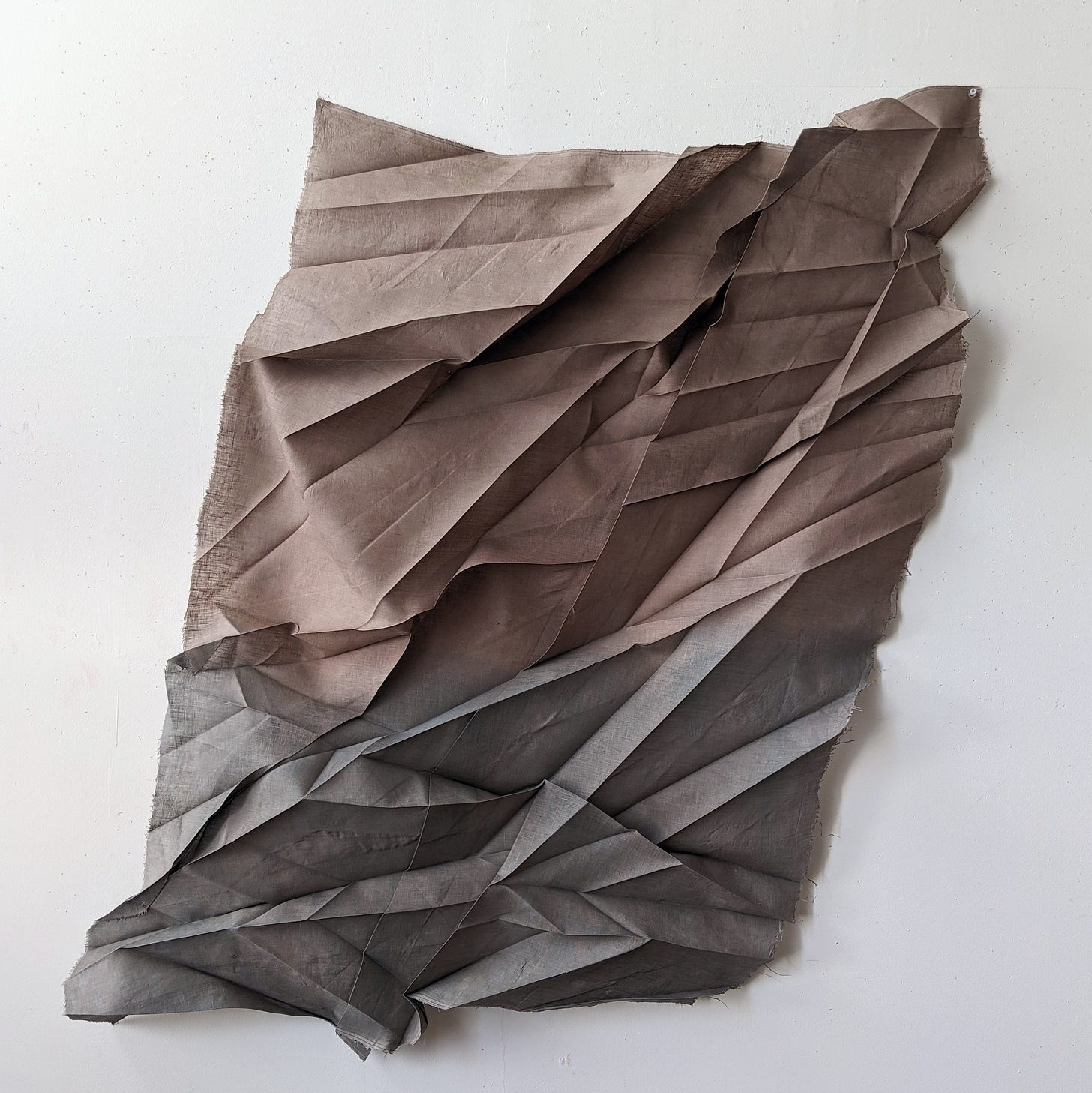
Cirilo Domine:
I was also looking at textiles in deep storage, in a chest, flattened and compressed. When I went back to the Philippines and I was collecting textiles, there were stacks of these garments that are made out of pina or pineapple fabric, all handwoven and over time they get brittle. They're folded, kind of like Issey Miyake. And when you unfold them, they reveal their architecture. So for me, it was an emotional experience of unfolding and folding these garments. Some were so brittle they would crack. They reminded me of geologic features, specially tectonic plates and faults. And then I was thinking about the San Andrea's Fault that divides California, and I thought about my own internal faults and they all came together in this piece.And I also thought about color and dyeing, historical dyes, for example, like oak galls and indigo. And then I also discovered a dye from my own backyard using guava leaves that actually turns into this beautiful earthy yellow.
Leonardo Bravo:
That's what I love about it. You bring an understanding of the craft, the history involved in making, and the outputs of the works. You have such a keen understanding of the history and the cultural memory embedded in it. But also they resonate so much larger outside of like "art world". There's an understanding of design, there's an understanding of craft, there's an understanding of what it means to make something. So I think that's what resonates to me with your work -- it really begins to amplify in much larger ways.
Cirilo Domine:
Thank you.
Leonardo Bravo:
How would you see exhibiting or having an opportunity to show more of the various aspects of your practice?
Cirilo Domine:
It's leaning towards combining all of these things. The last show that I had in Manila at Modeka Art gallery in December gave me a path to that combining all of the folded textiles with ceramics and narrative that would ricochet. The guava leaves were an anchor to that show. I had these two trees in my backyard that were planted by my grandfather. So I took the leaves, made impressions of it in clay and then at the early parts of research I was using mud to use as dye, and then I ended up using the leaves of these trees as a tribute to the tree, as a tribute to my grandfather.
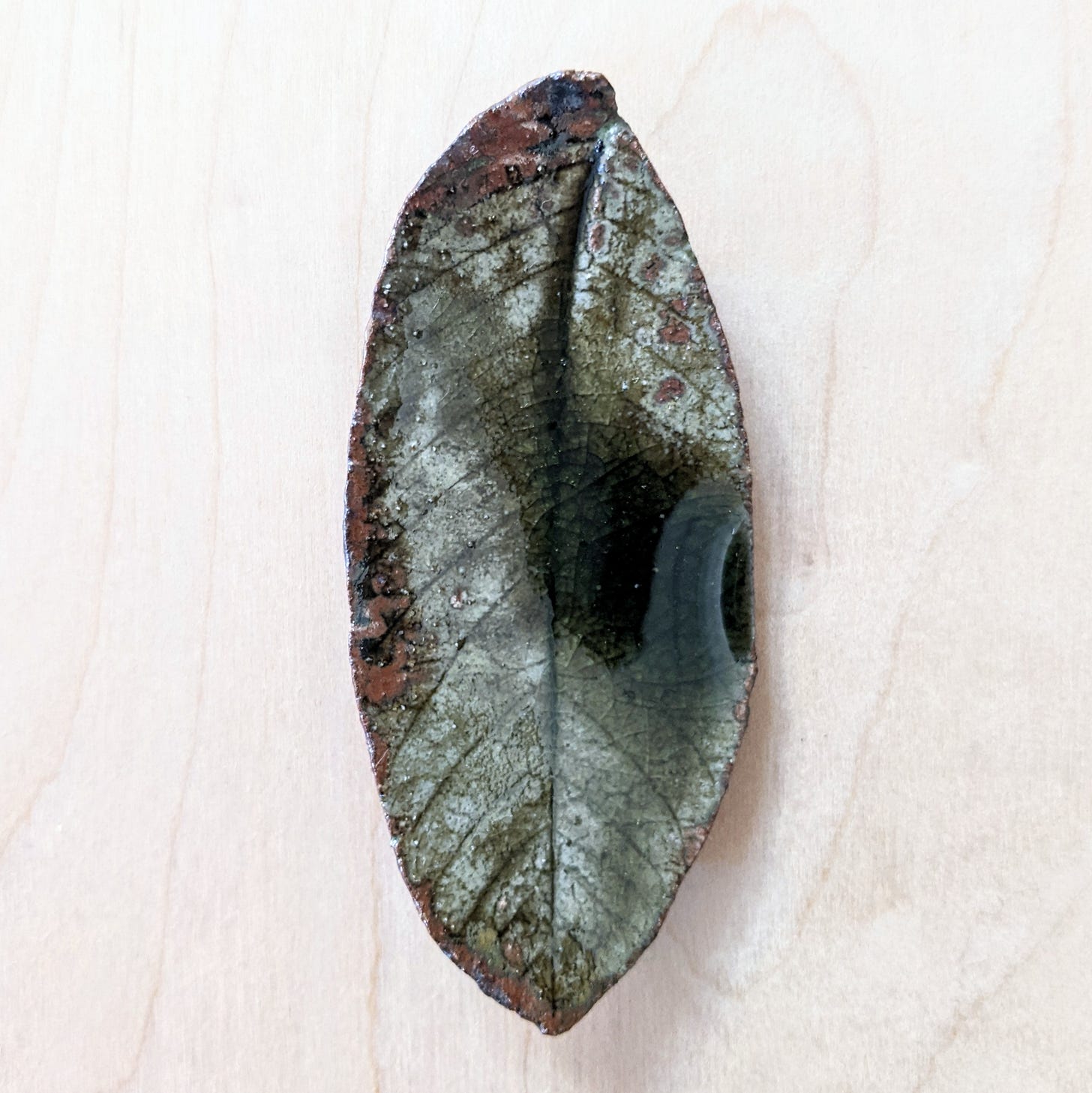
Cirilo Domine:
And it's coming along. It took a long time to figure out, because I had impulses going in several directions. I just cannot settle. During the process, I think to myself, okay, you're a dilettante.You're like going from here to here, and sometimes it's hard to find a rudder, trying to find a direction where this is coming from. But now as I get older, it kind of goes in full circle, whatever that is.
Leonardo Bravo:
And that is the beautiful part about getting to a place where you have a little bit of distance. You're able to kinda look at these touch points along your journey. That happens with my work as well, I think a lot about textiles, Mapuche indigenous textiles that my father collected in Chile and we had in our house, and there were all these very geometric, hard edge grids and patterns, visual communication systems. And that's what I looked as a three-year-old, and that imprint has stayed with me. And that's what I now keep going back to as a source.
Cirilo Domine:
That's fascinating. Actually someone looked at this textile piece I made. This Filipino guy came in and he was like, is this your grandmother's skirt? It's quite an insight because it looked like that, diaphanous, you know the qualities of the pina fabric is sheer and opaque. So I think Filipinos get it. I was surprised also in the Philippines that the reception of the work was so positive and resonant. They get it.
Leonardo Bravo:
Well, there's something to be said, and you started speaking about this hybridity of Filipino culture, the layering of so many influences, cultural, linguistic, historical, which allows for I would assume, a sort of elasticity, an ability to be really nimble and elastic of how culture functions.
Cirilo Domine:
Yeah. That's so true -- they kind of invented Multiculturality.
Cirilo Domine:
You have so many cultures and influences and you can't unify the culture. It's many.
Cirilo Domine:
So I guess that's how it functions for me. I might go from the pearls to the textiles to the pottery.
Leonardo Bravo:
To bring it towards closure, this has been such a pleasure. And I hope when I'm back in LA we get to enjoy some coffee or tea together. And I would love to do a trade at some point.
Cirilo Domine:
You know, I love your paintings. I'd love tp have one your paintings Leonardo.
Cirilo Domine:
But yeah, you make beautiful work and I'm glad you're doing those paintings.
Leonardo Bravo:
Thank you so much for this beautiful opportunity to reconnect through time and space and history. Oh my God. The decades...laughs! It's been lovely. We will be in touch!
IG: @cirilo.domine




